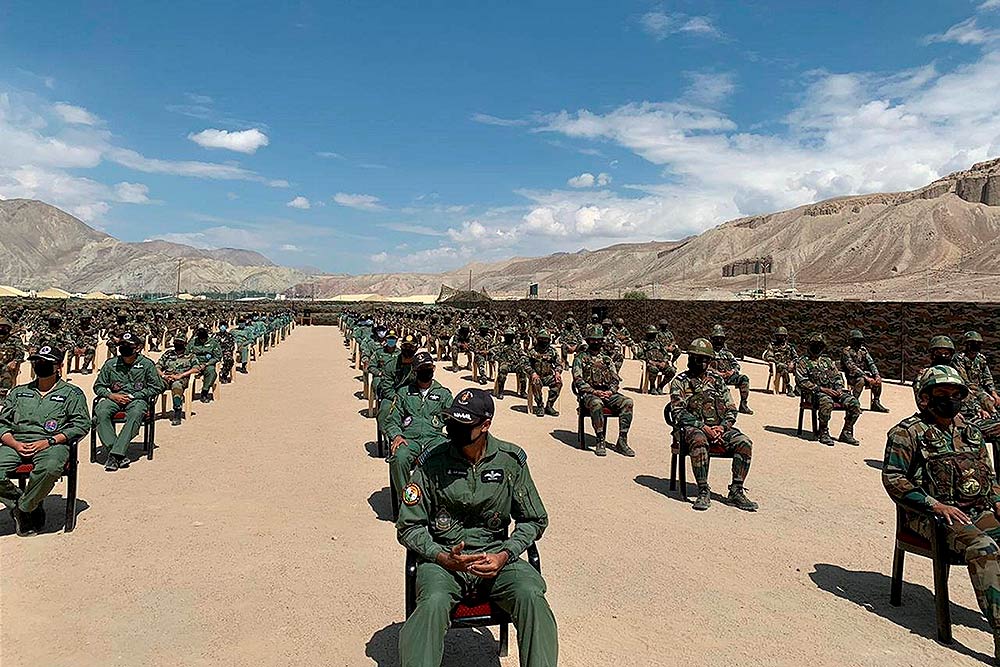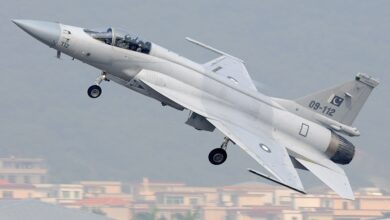ITBP Establishes The First Mountain Warfare Training School In The Northeast For LAC Security Personnel

- According to him, the Dombang center's glacier training region is located across a height of 14,000–17,000 feet and offers an appropriate rugged and rocky environment.
- "The ITBP is positioned as a Himalayan force due to the nature of its job and functions. Its focus is on the inhospitable, snow-covered Himalayan highlands.
As part of its mission to train its troops in high-altitude combat and survival techniques, the Indo-Tibetan Border Police (ITBP), which is tasked with securing the Line of Actual Control with China, has established its first mountain warfare training facility in northeast India and its second overall.
The facility was built nearly 50 years after the founding of the first institution of its kind, the Mountaineering and Skiing Institute (M&SI), which opened in Auli, near Joshimath, in 1973–74.
The M&SI, which is situated in the Himalayan hills of Uttarakhand at a height of over 9,000 feet, has taught hundreds of members of the ITBP, army, air force, and other security professionals in this field as well as that of adventure sports.
The new centre is situated in Sikkim, which shares a frontage of 220 kilometres with the India-China LAC, at a height of 10,040 feet with distant Dombang, which borders the LAC.
According to a senior ITBP officer, the Sikkim training centre was conceptualised to improve the ability to train newly recruited and serving troops in mountain warfare, rock climbing, high-altitude survival, and patrol even though the need for a second facility beyond Auli had long been felt given the rising level of engagement of its troops with the Chinese PLA in recent years.
The army needs the new training facility more than ever given the ongoing military standoff with China and the regular interactions it has with Chinese forces as a result of the border issue.
Another officer remarked, “It (the Sikkim centre) was opened by ITBP director general Sanjay Arora last September and the reaction has been encouraging as two batches, totaling 80 trainees, have already graduated from there.
Ratan Singh Sonal, an expert mountaineer and ITBP Commandant who has led multiple excursions and rescue missions in the hills, is in charge of the centre, the second officer claimed.
According to him, the Dombang center’s glacier training region is located across a height of 14,000–17,000 feet and offers an appropriate rugged and rocky environment.
The institution is now classified as a “ad-hoc” centre, but authorities anticipate that the ministry of home affairs (MHA) will soon legally sanction it, allowing for the addition of more tools, personnel, and facilities.
A design created by the force when it was given the responsibility of guarding the 3,488 km LAC following the India-China war of 1962 accurately describes mountain, winter, and high-altitude battleships.
“The ITBP is positioned as a Himalayan force due to the nature of its job and functions. Its focus is on the inhospitable, snow-covered Himalayan highlands. Each member of its staff needed to be a true mountaineer with in-depth knowledge of the topography, weather, and snow conditions, among other things, if it was to fulfil its function.”
According to the blueprint used by ITBP trainers, “They had to not only ascend high heights to acclimate, familiarise themselves with the landscape, and do particular activities, but they had to traverse great miles by foot slogging…
The LAC stretches from Jammu and Kashmir (1,597 km), Himachal Pradesh (200 km), Uttarakhand (345 km), Sikkim, and Arunachal Pradesh on India’s eastern border (1,126 kms).
On Sunday, the 16th round of India and China’s high-level military negotiations began with a focus on settling lingering concerns in the last few places of contention along the LAC in eastern Ladakh.







Facebook Comments